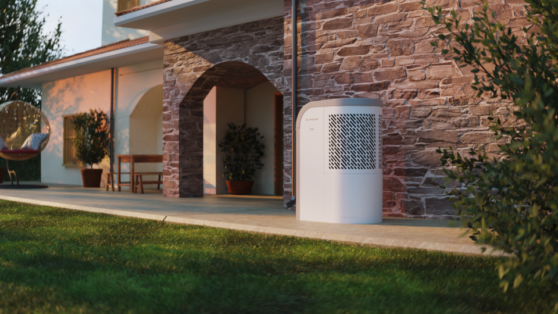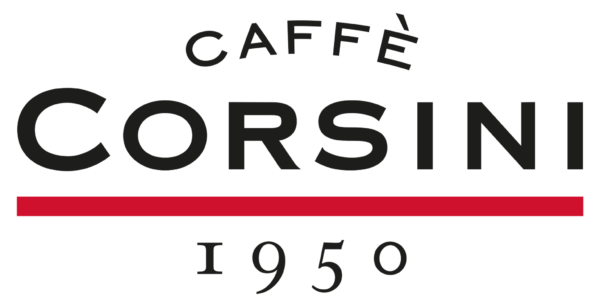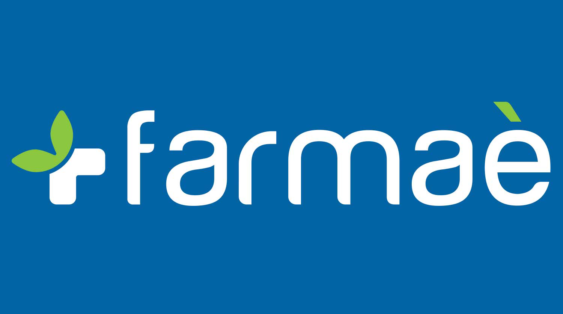Bottegacinema speech in Rome during the CReIAMO PA Workshop
“Simplification and Communication in Environmental Assessments” is the title of the workshop held in Rome on 20 February in relation with to the activities of LQS1 #CReIAMOPA.
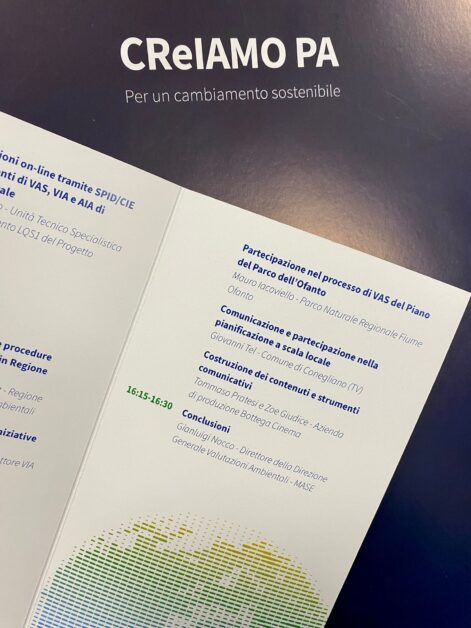
The workshop represents a synthesis and sharing moment of numerous initiatives and experiences focused on the simplification and communication themes in environmental assessment procedures.
Their purpose is to start from the activities put in place by the competent authorities, through the use of IT tools, to standardize and speed up the fulfillments by enhancing and stimulating public participation in decision-making processes.
Tommaso Pratesi CEO and Zoe Giudice producer of Bottegacinema were among the workshop speakers and on this occasion they spoke about stages related to the four animated videos conception and realization produced to support the Line of Intervention LQS1 themes.
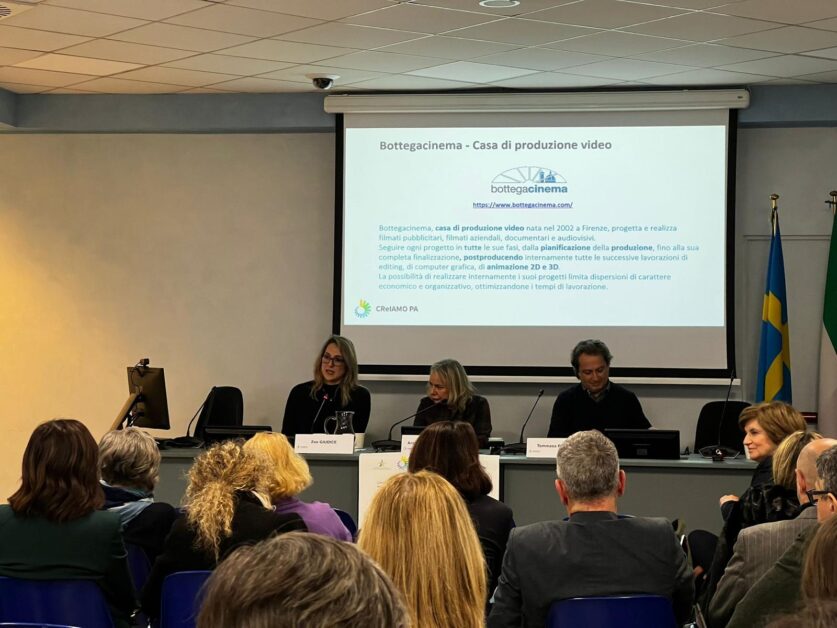
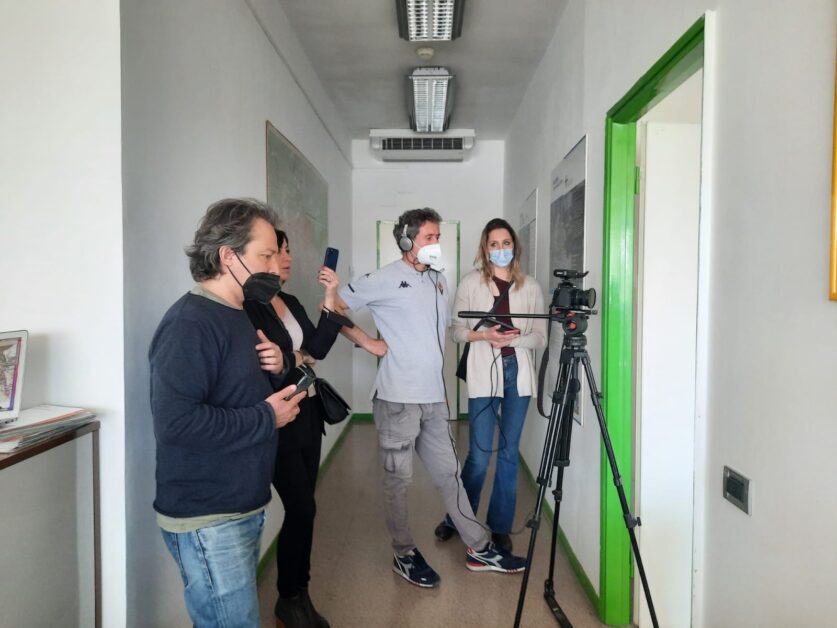
In particular, it was told how the work was structured and how the different departments involved in production communicated with each other:
- Organizational team
- Creative team
- Postproduction team
Then, there were explained the different stages of video making with special reference to those devoted to 2D animation:
1. SCRIPT E STORYBOARD
The storyboard is an embryonic stage of the entire animation project. Storyboard artists translate script into sequential drawings similar to comic book boards, which allow pre-visualization of staging frame by frame. Also at this phase, all camera movements in the film are noted, allowing the animation team to plan the individual scenes plot and composition flow.
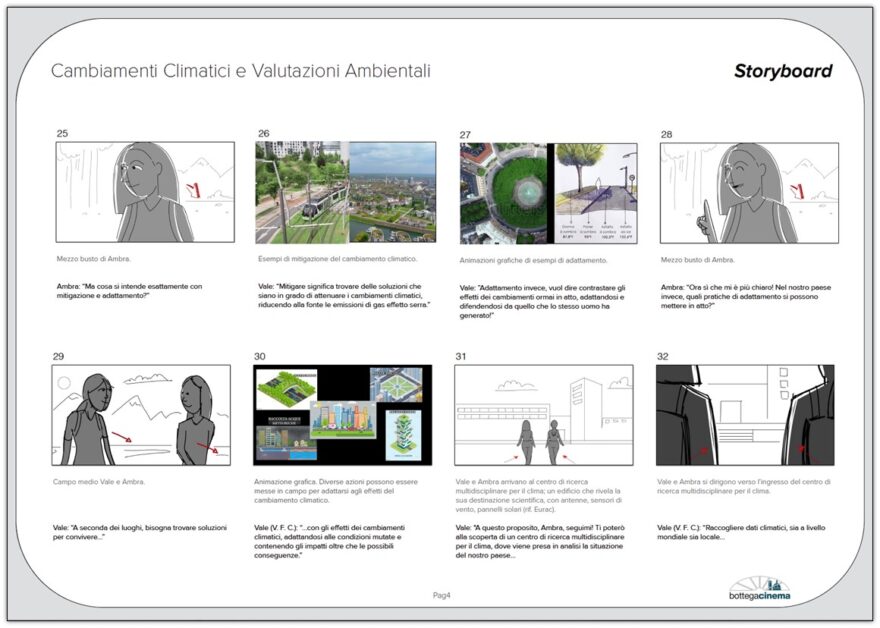

2. MUSIC AND DIALOGUE
Before real animation begins, a draft soundtrack or “scratch track” is recorded, which helps animators to synchronize movements and music as precisely as possible. This is done because, given the slow and methodical process by which animations are made, it is easier to synchronize movement with a pre-existing soundtrack than other way around. A complete soundtrack contains music, sound effects, and dubbed dialogue.
3. ANIMATIC
Animatic or story reel consists of cutting and editing storyboard images together with the soundtrack. This creates a movie to visualize scene in more detail and helps animators and directors reveal any script and timing problems that may exist in the storyboard. This step is critical to avoid having to animate unnecessary scenes that will later be eliminated in the final edit, as animation is a very expensive and time-consuming process.
4. ANIMATION
Once everything has been approved by the director, production phase begins which is the actual animation of film scenes. In traditional animation, key animators or principal animators will begin by drawing sequences key frames using character layouts as a guide. These will be responsible for drawing character’s performance key scenes.
5. BACKGROUND
At the same time as character and object animators, background artists will be responsible for creating backgrounds for scenes. In animation background design which includes both drawing and coloring backgrounds, sets the atmosphere for everything that will take place in that setting: from the buildings in a city, to plants and trees in a forest, to the arrangement of furniture and objects in a room.
The background designer’s job is to guide the viewer’s eye, drawing his or her attention to what is important according to the storyboard. Through colors, lights, and detailed backgrounds he conveys feelings and emotions defined by script and direction. It must also take into account plot, movement, contrast, lines and the rule of thirds.
Sometimes multiple scenes use the same background and it means multiple versions of the same are created so they can be adjusted for final editing.


Fundamental for project’s success was the relationship with the client based on a shared and balanced working way and constant discussion between the parties.
6. COMPOSITING E VISUAL EFFECTS
A 2D animated film creating process semi-final stage includes finishing the animation, editing, adding the soundtrack, dialogue, and visual effects. At this point all the scenes are assembled together and during editing it may be necessary to cut scenes that are too long or lengthen to better synchronize the animation and soundtrack. At this stage it is possible to correct the individual scenes color or go in and even out color palette of entire animation, as well as add visual effects planned in pre-production.
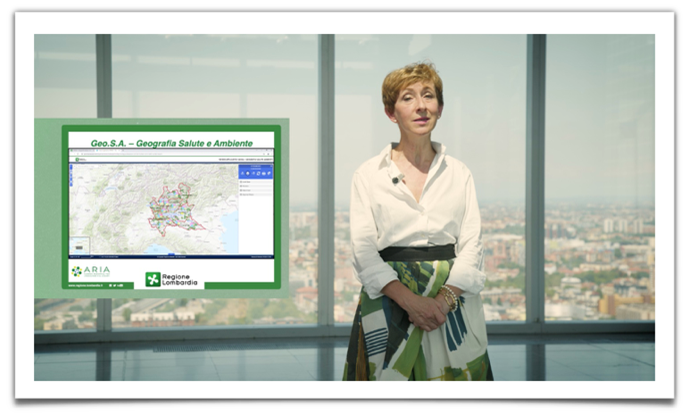
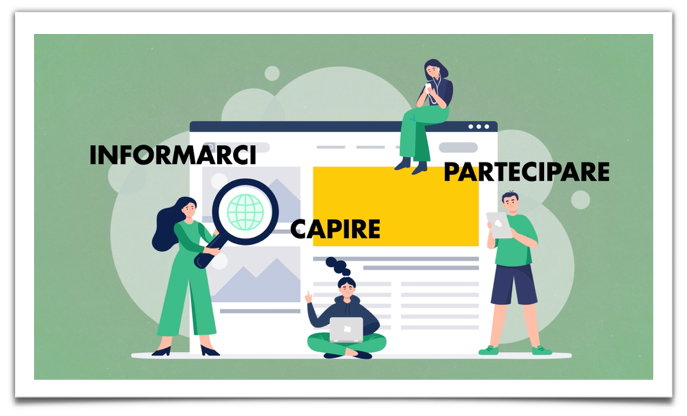
7. EXPORT
The last step is the entire animation final export in necessary format for films distribution.
At the end of the intervention, after four videos presentation, the client’s contact persons were thanked, with whom during project period, a relationship was established based on a shared and balanced way of working that was fundamental for production’s success.

